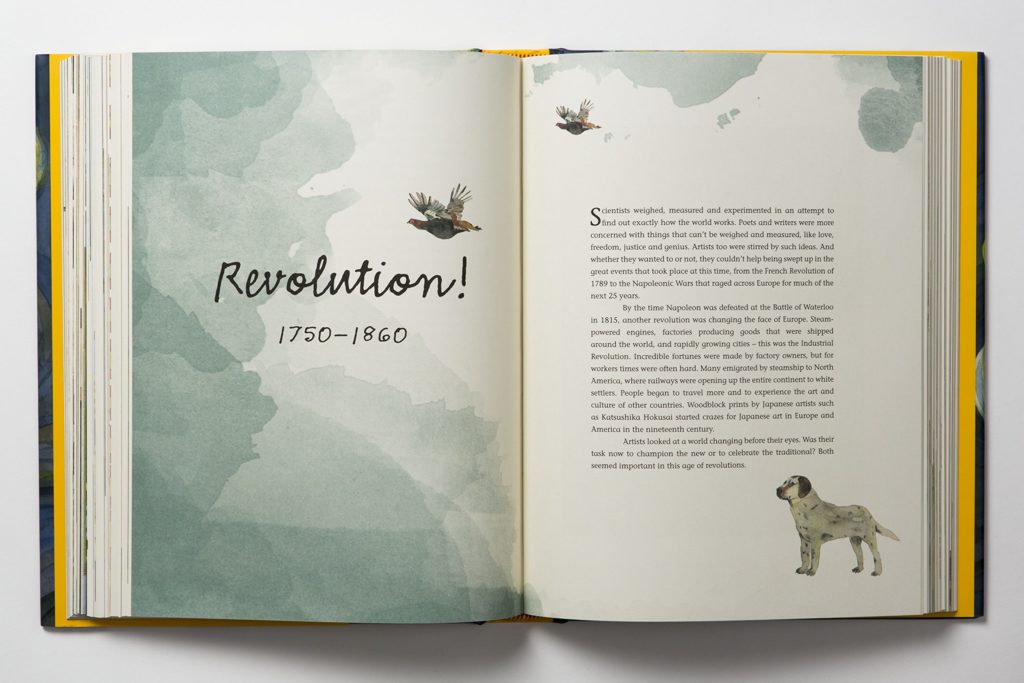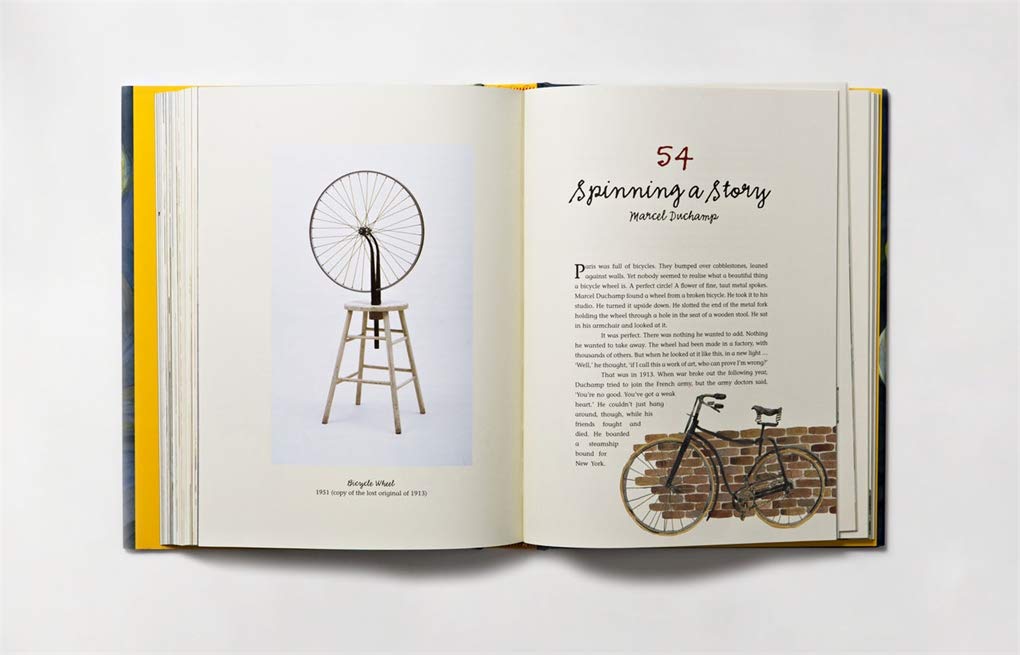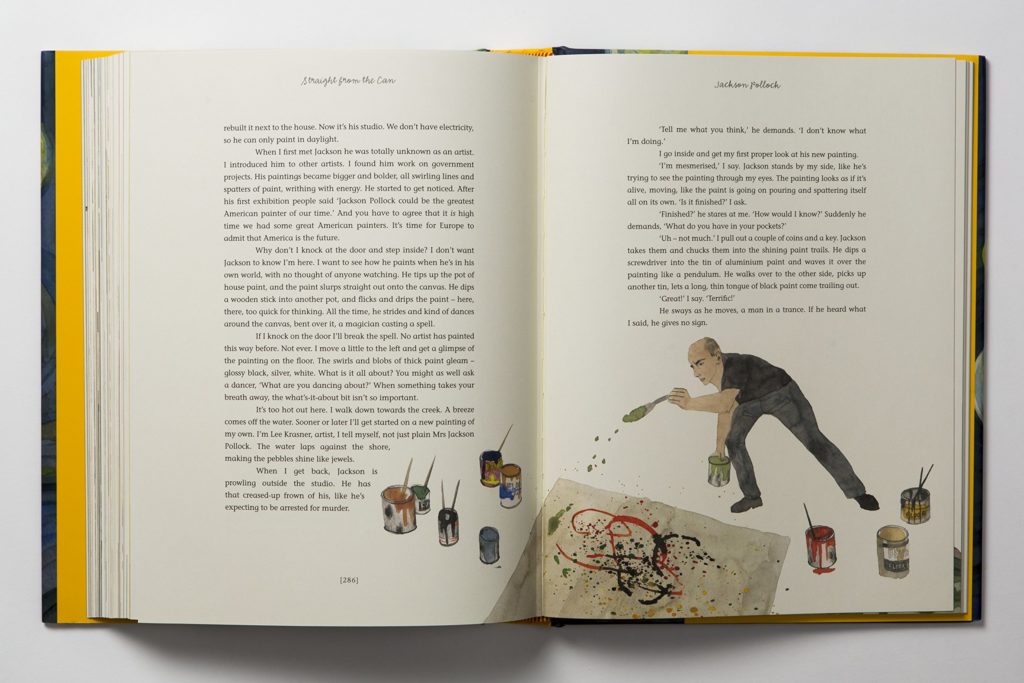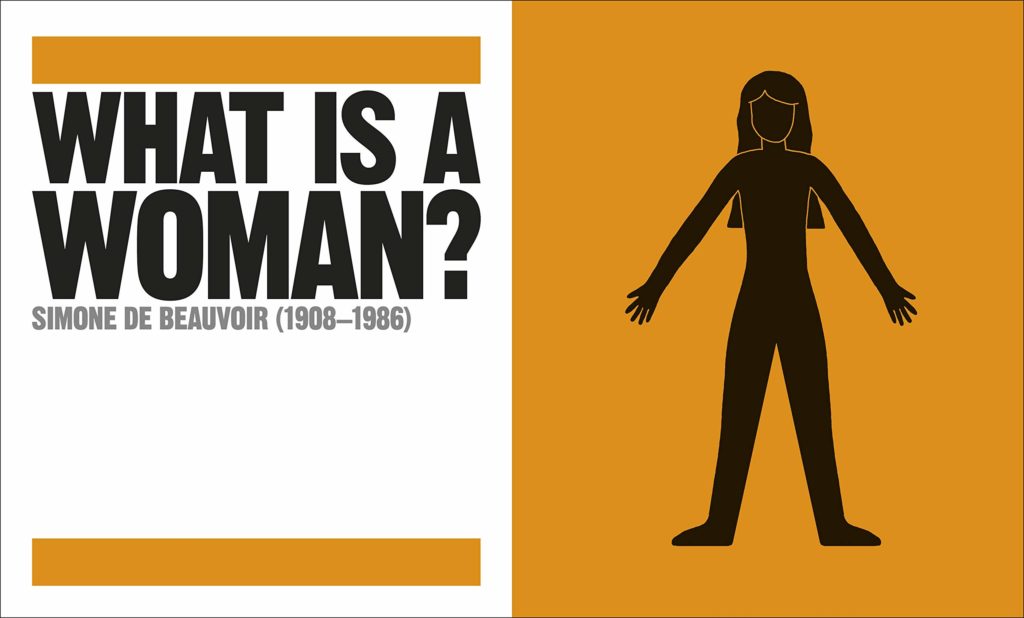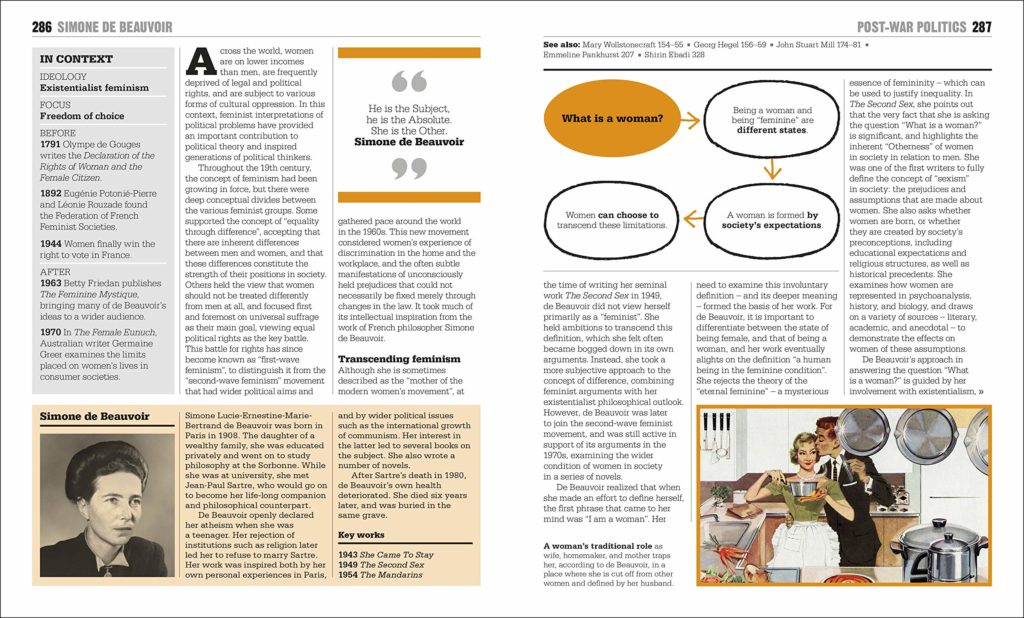What we’re using in 2021: History
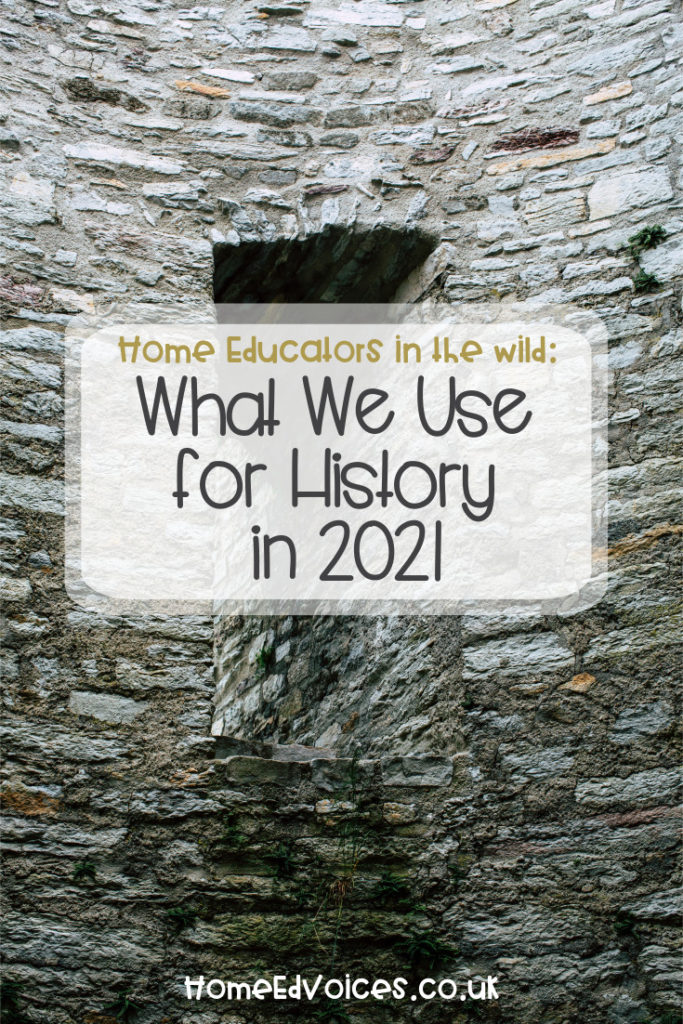
Kate’s History resources
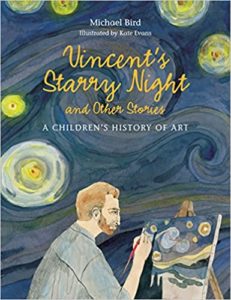
My Miss Eight has always loved all things arty. Fingerpaintings from her second year of life are framed and prominently displayed in our house. Her work dominates the rotating art gallery on the wall. When I asked the children to choose their content subjects for this school year, I was not surprised when she opted for a history of art.
I found this beautiful book online. It was hard to tell if it would be right for us as it looked very wordy and Miss Eight is very visual and, ya know, eight (read wiggly). I took a punt (but I also bought Usborne’s The Story of Painting as a backup). I’m so glad I bought this book. It is amazing and we all love it.
Vincent’s Starry Night and Other Stories by Michael Bird
This book is big. It’s about A4 in size so the photographs and artwork are large enough to get a good look at. But it’s also over 300 pages long with 68 different pieces of art to learn about. This book will easily last us the year, so Miss Eight is in heaven.
The book is sectioned into eight time periods:
- Caves to Civilisations (40,000-20 BCE) – art that tells us how people lived thousands of years ago
- Sacred Places (800-1425 CE) – European Middle Ages and Christian art as well as religious art outside of Europe
- Great Ambitions (1425-1550 CE) – the Rennaisance (very European-centric)
- Life Stories (1550-1750 CE) – artists look to everyday life for mystery and wonder
- Revolution! (1750-1860 CE) – how the industrial revolution allowed artists to experience other cultures and their art
- Seeing it Differently (1860-1900 CE) – how the invention of the camera changed the purpose of art
- War and Peace (1900-1950 CE) – shock-value art and how war shaped the purpose of art
- Where It’s At (1950 – 2014 CE) – how technology is shaping art
- Map of the world
- Timeline of pieces
- Glossary
I love the variety of mediums covered in this book. Miss Eight is a painter/sometimes potter. I’m sure she will enjoy The Story of Painting, but with Vincent’s Starry Knight she will be introduced to carvings, statues, mosaics, manuscripts, metal castings, block prints, photography, collage, fashion design, architecture and more.
Each story begins with a piece of art. The story of how and why the piece was made intertwines speculative fiction and historical fact to help the reader feel like they are a part of the historical event, that they are in the workshop or attending the unveiling, as well as providing context about the culture and times in which the piece was made. It’s an engaging way to learn history, especially if you’re really only here for the art. Each story is three pages long with pitched-perfect language and includes illustrations for greater story immersion.
We love, love, love this book. We always bring up more pictures of the piece on a computer. We find it’s location on a map. We make daydreamy plans to take a holiday to see it in person. I’m not inclined to formalise history education at eight, so that’s all we do. Read. Google. Daydream.
The Story of Ireland by Brendan O’Brien &
The Story of Ireland by Neil Hegarty
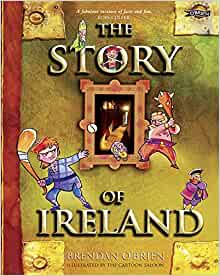
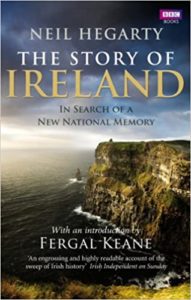
Mister Eleven has finished the first three volumes of Story of the World and the complete Usborne History of Britain. I should think he has read most of the You Wouldn’t Want to Be series as well. His bookshelves groan under the weight of his historical fiction collection. This is not a kid I have to entice to learn history.
I asked him what history he wanted to cover this year, he requested Irish history ( we all felt Usborne History of Britain was very England-centric) and American history. I suggested he have a go at choosing his own source. I have no idea how he found Hegarty’s book, but he was adamant it was the one he wanted. The reviews didn’t scream any alarm bells at me, but I noted there were over 400 pages of tiny print. So, I threw in O’Brien’s short but jam-packed Irish history book for children. I told him it was always wise to have more than one source of information because authors can be biased, but mostly I knew he would read the shorter book first and it would give him some pegs to hang the more difficult information from the longer book on.
I also made up a paper composition book into a book of centuries for him to jot notes in at the end of his reading sessions. I wish I had done this with him from the start. I know now how much he would love to see the notes from world history and British history and Irish history alongside each other providing context and making connections clearer.
The Politics Book – DK
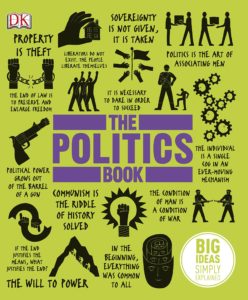
Not strictly a history book as such, but I know that Mister Eleven’s love of history and historical cultures has led him down deep learning paths of mythology, religion and now politics. He created his own mythological alter ego at a young age, complete with a fantastic backstory. He then invented his own religion in which all of his favourite dogs were deities. His on and off obsession for the past couple of years is ‘the commune’ – a future utopia he will build for his family and friends. But the central question is, “How will we all get along?” I.e. will be barter and trade? Or will we use money within the commune? How socialist will this commune be and how will we make it fair? Will there be a governing body and what will it look like? Who makse the rules? Who enforces them? He is playing with the idea of politics.
Usborne’s Politics for Beginners was great a couple of years ago. The Politics Book by DK is next level amazing and great for KS3 though.
The Politics Book explores the history and creation of modern political thought as well as highlights the philosophies of prominent thinkers throughout. It’s great. My husband and I keep stealing it.
Katie’s History Resources
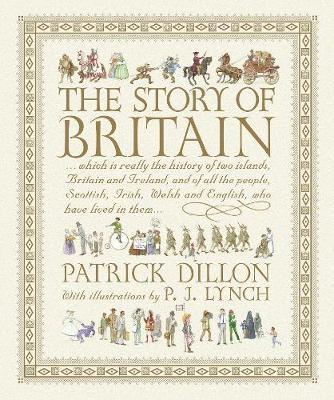
This year we are working though The Story of Britain by Patrick Dillon, which has short stories that take you from the battle of Hastings to a sort of hand waving take on the politics of the 80’s and 90’s. It’s not a perfect book, mostly because it often has to compress complicated stories into a couple of pages at a time, but it’s worked well to give us an overview of the history of the UK, (albeit an English centric one) and anyway I am using it as a jumping off point to other resources as we go along.
(Originally I bought it to work through with my eldest who is 12, but it turns out my 10-year old is really interested in history. So I spent some time catching her up so that the three of us can read it together. Inevitably that means my 8- year old is around to listen to the stories too, which is mostly fine. Especially as I tend not to read the gruesome bits out loud because they wig at least one family member out.)
Using this book as our backbone we have been jumping off wherever we feel like it. So for example we read through the Bayeux Tapestry via this website which explains the piece, scene by scene.
When we got to the story of Thomas Becket, that was an opportunity to read this amazing picture book by Oliver Postgate and Naomi Linnell.
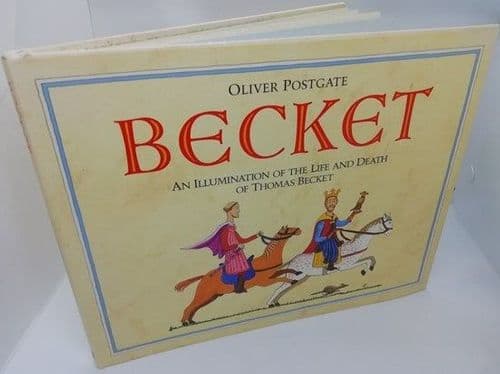
Getting to the story of Henry V is a great excuse to explore Shakespeare’s play, starting with story versions and hopefully working our way up to the Kenneth Branagh film. At the same time we are reading Daughter of Time by Josephine Tey, to explore the story of Richard III, which I’m hoping will lead to discussing bias in storytelling, history written by the victors, and writing with a specific audience (and patron) in mind.
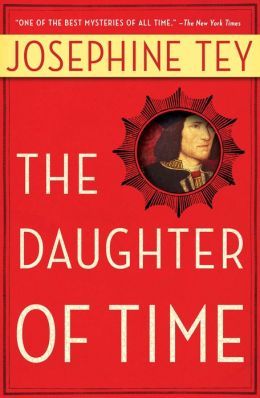
As we hit the Tudors I’m planning to re-read sections of the junior edition of Black and British by David Olusoga, and I’m planning to pick up the original book to give even wider context to my eldest and me.
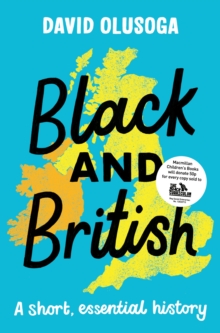
Parallel to this we also do history as part of our morning time, and are working through a book called Historical Facts: Ancient Times which is about ancient cultures from all around the world. It’s a pretty old book, but again, it’s a good jumping off point.
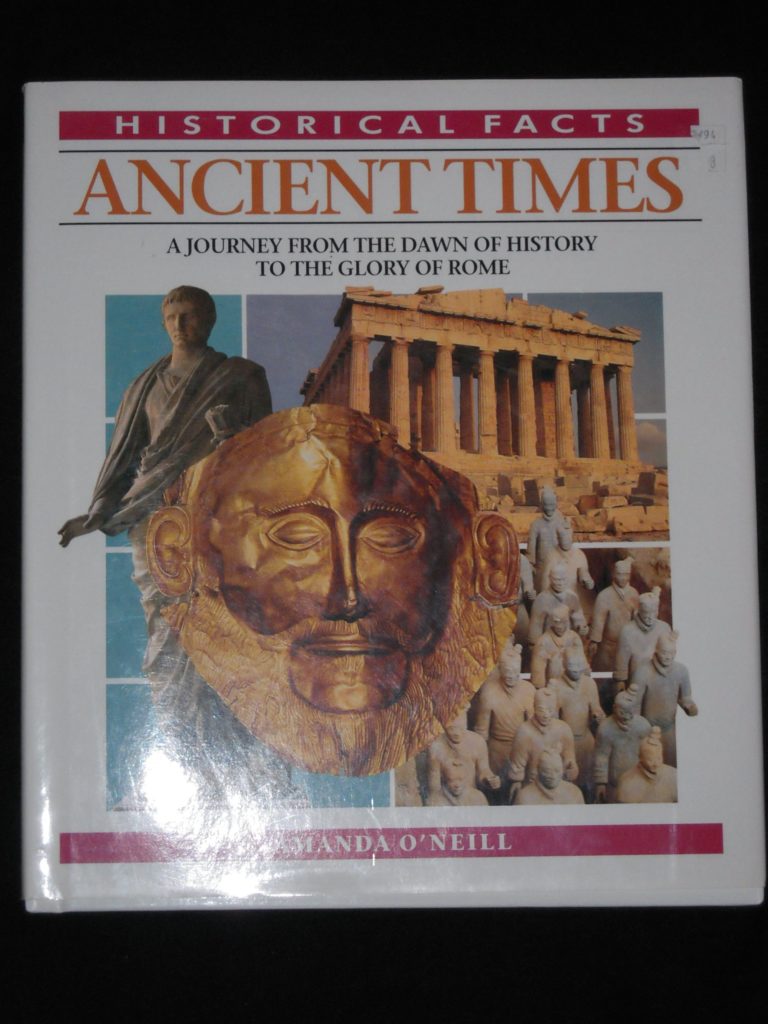
Of course prompts to look into specific periods of history come from all over the place. My playing Hades has made us all want to read about Ancient Greece and Greek mythology, so I’m about to start researching good resources for that too.
What resources are you using for history this year?
